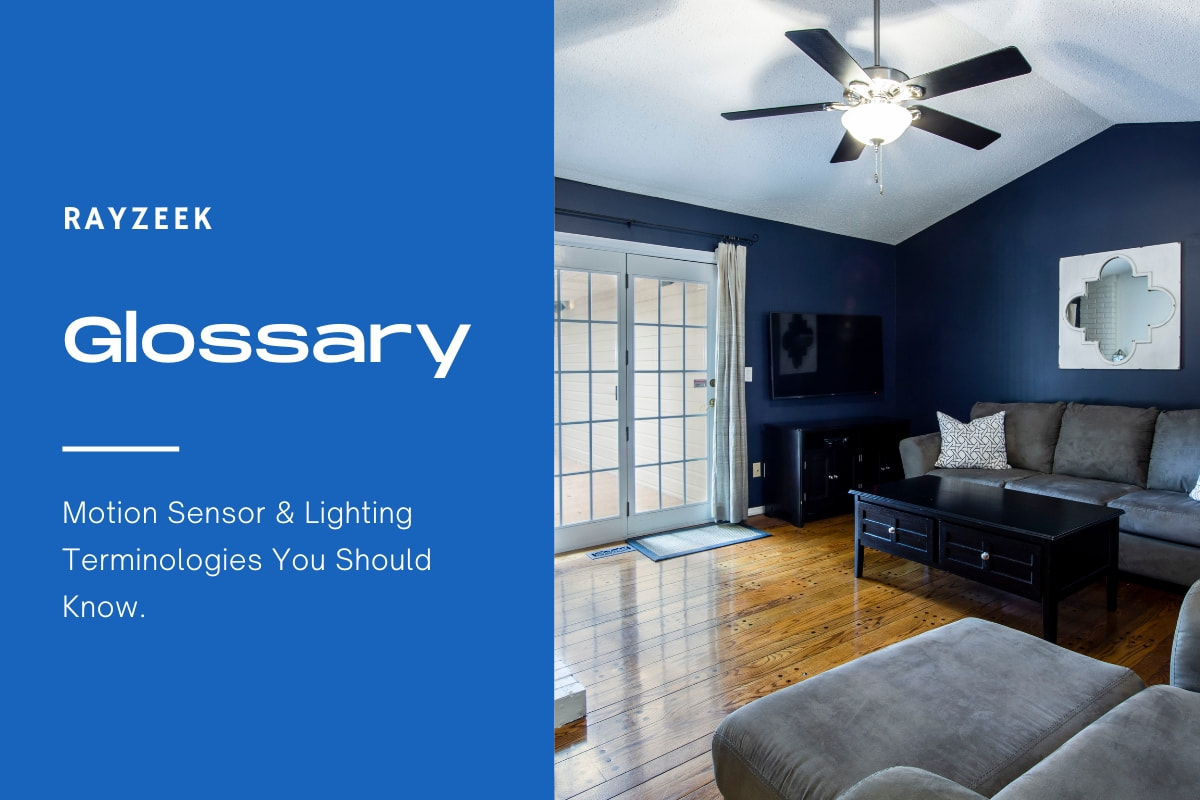What is Luminous Efficacy
Luminous efficacy measures the efficiency of a light source in converting electrical power into visible light. It is defined as the ratio of luminous flux, which represents the total amount of visible light emitted by the light source, to the electrical power consumed by the light source. Luminous efficacy is typically expressed in lumens per watt (lm/W).
A higher luminous efficacy indicates that a light source is more efficient in producing visible light for the amount of power it consumes. This means that a light source with a higher luminous efficacy will provide a brighter output while consuming less electricity.
Looking For Motion-Activated Energy-Saving Solutions?
Contact us for complete PIR motion sensors, motion-activated energy-saving products, motion sensor switches, and Occupancy/Vacancy commercial solutions.
The concept of luminous efficacy takes into account the spectral distribution of the light emitted by a source. It considers the ability of the light source to generate radiation within the visible wavelength range. If a light source emits more wavelengths outside the visible range, the luminous flux (visible light) will be reduced in proportion to the total radiant flux. Consequently, the luminous efficacy of the light source will also decrease.
In the lighting industry, luminous efficacy is an important parameter used to assess the efficiency and effectiveness of different light sources. It allows lighting professionals to compare and evaluate the energy efficiency and performance of various lighting technologies, aiding in the selection of the most suitable light source for specific applications.
To calculate the luminous efficacy of a light source, one needs to divide the total luminous flux (in lumens) by the electrical power consumed (in watts). For example, if a 90-watt light bulb emits 900 lumens of visible light, the luminous efficacy would be calculated as follows:
Maybe You Are Interested In
Luminous Efficacy = Luminous Flux (in lumens) / Power Consumed (in watts) Luminous Efficacy = 900 lumens / 90 watts Luminous Efficacy = 10 lm/W
In this example, the luminous efficacy of the light bulb is 10 lumens per watt, indicating that it produces 10 lumens of visible light for every watt of electrical power consumed.



























